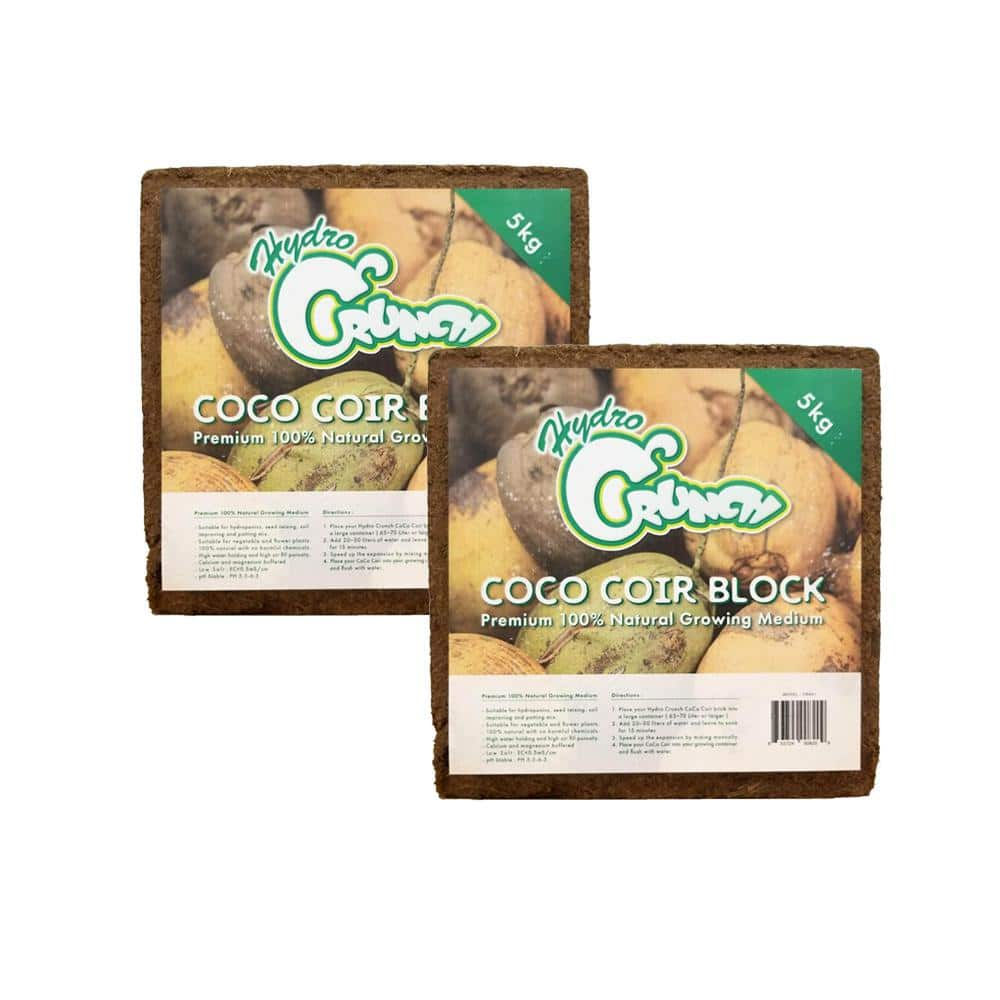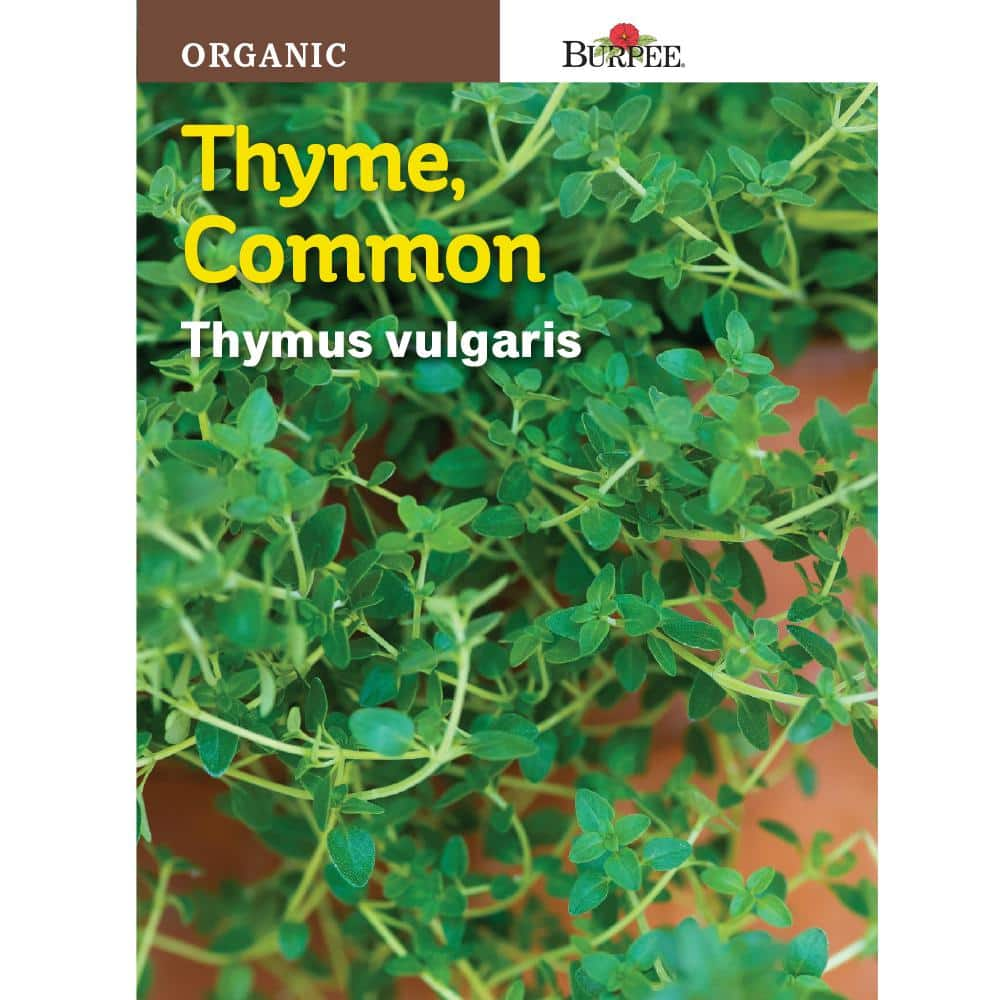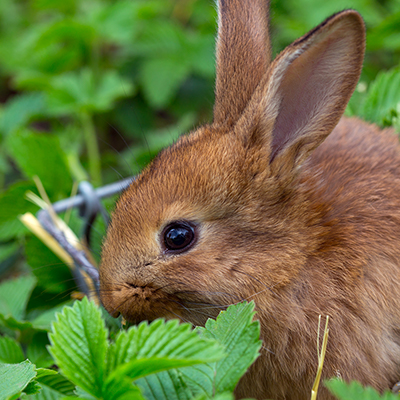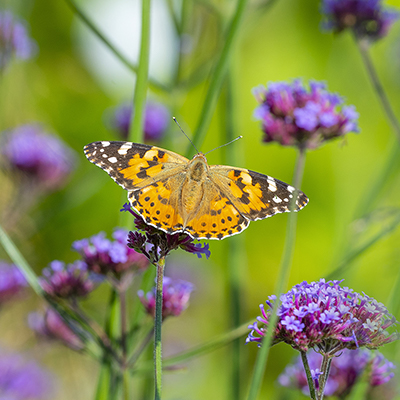Companion Planting for Growing Organically
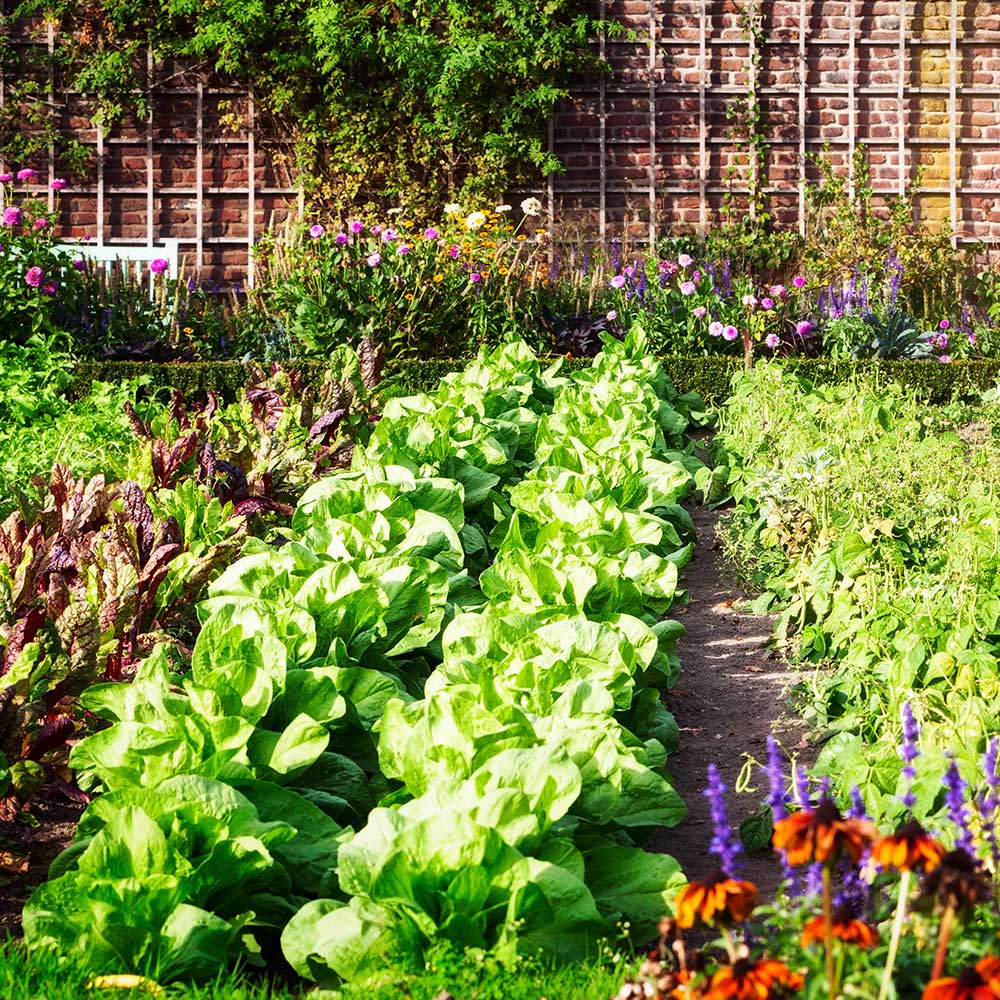
Last updated September 7, 2023
Presented by Jenny Peterson for Kellogg Garden Organics.
There’s a time-honored practice in organic gardening called companion planting. It’s one of the easiest and least expensive ways of ensuring plant health and vigor.
Companion planting means growing certain plants next to one another, so each provides benefits that the other one needs. Carefully chosen companion plants help repel pesky bugs, provide valuable shade and enable gardeners to use space efficiently.
Think of it as the buddy system of gardening where certain plants help keep one another safe and sound.
Check out these favorite companion planting combinations to use Mother Nature as a perfect resource for growing a healthy and happy garden.
Table of Contents
Pair These Companions
Planting Tomatoes and Marigolds Together
Easy Companion Planting Project: Lettuce and Onions
Pair These Companions
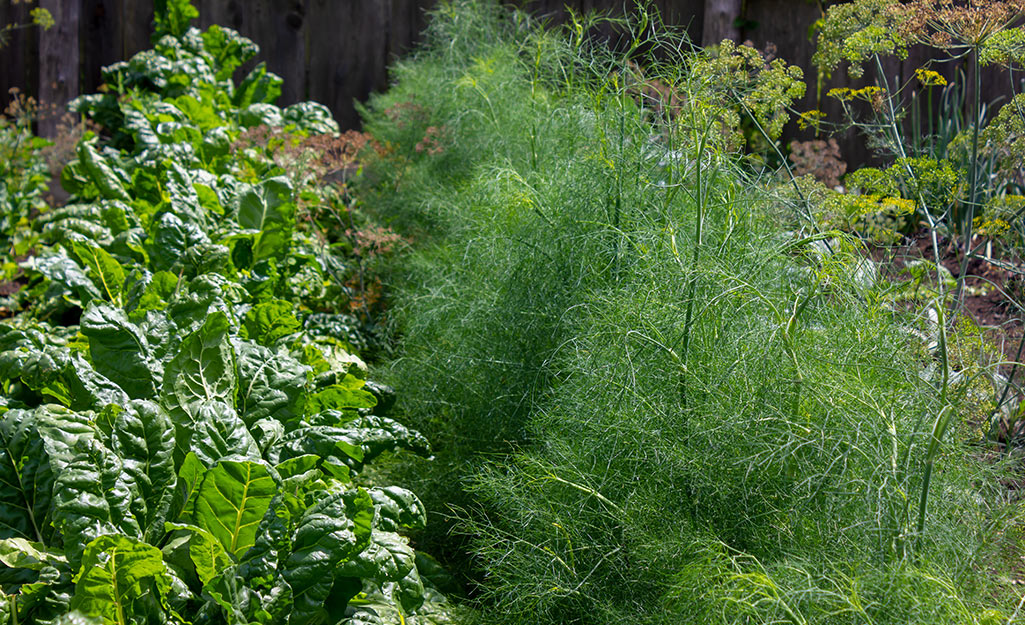
- Corn, beans and squash. Traditionally called the “Three Sisters planting,” these three plants create a unique relationship in which they all benefit. As the corn stalk grows tall, beans use it as a support. The beans, in turn, provide nitrogen in the soil for the corn while the rapidly growing squash creates valuable shade and helps block out weeds.
- Tomatoes and cabbage. Diamondback moth larvae love to set up a buffet on the leaves of cabbage plants — not so great if you really love cabbage. But plant tomatoes next door, and the pesky bugs are repelled and the cabbage is protected.
- Roses and garlic: Got roses? Plant some garlic or garlic chives nearby and see how rose pests are deterred. An added benefit? The charming purple or white springtime flowers of garlic chives look great with the larger rose blooms.
- Cabbage and dill. Dill is a great companion for not only cabbage but broccoli as well. While the cabbage or broccoli lends support to the often-floppy dill plant, the dill repays the favor by attracting beneficial wasps that prey on cabbage worms and other bad bugs.
- Lettuce and tall flowers. Lettuce does best with a bit of light shade, so planting it with tall flowers is not only beautiful but practical. Look for cleome, nicotiana, tall zinnias or any other leggy beauty recommended for your area.
Planting Tomatoes and Marigolds Together
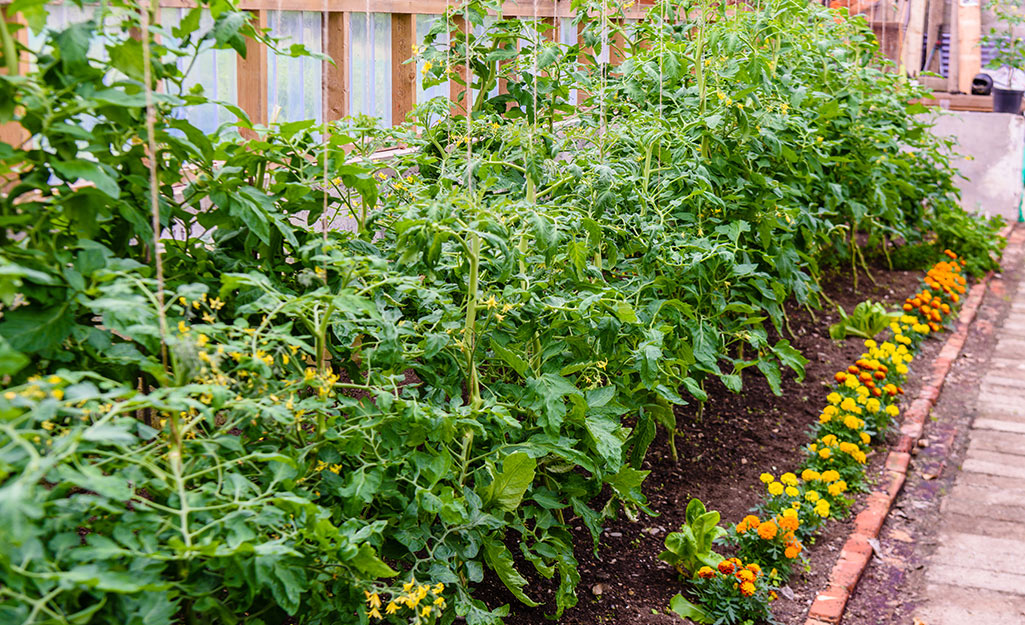
Marigolds have long been recommended as bad bug busters in the vegetable garden, but the evidence tells a different story. While it’s true that some types of scented marigolds may deter garden pests like beetles, research shows that they are more successful at affecting the nematode population in the soil.
Nematodes are organisms that destroy the root system of plants, so while it would seem like a great idea to plant marigolds as a defense, this process can take several months to kick into gear. During that time, marigolds’ penchant for drawing in spider mites could do more damage than you were hoping to avoid. It’s better to use other, more successful, organic methods to keep the bad bugs at bay, like attracting beneficial insects and building up healthy soil.
Easy Companion Planting Project: Lettuce and Onions
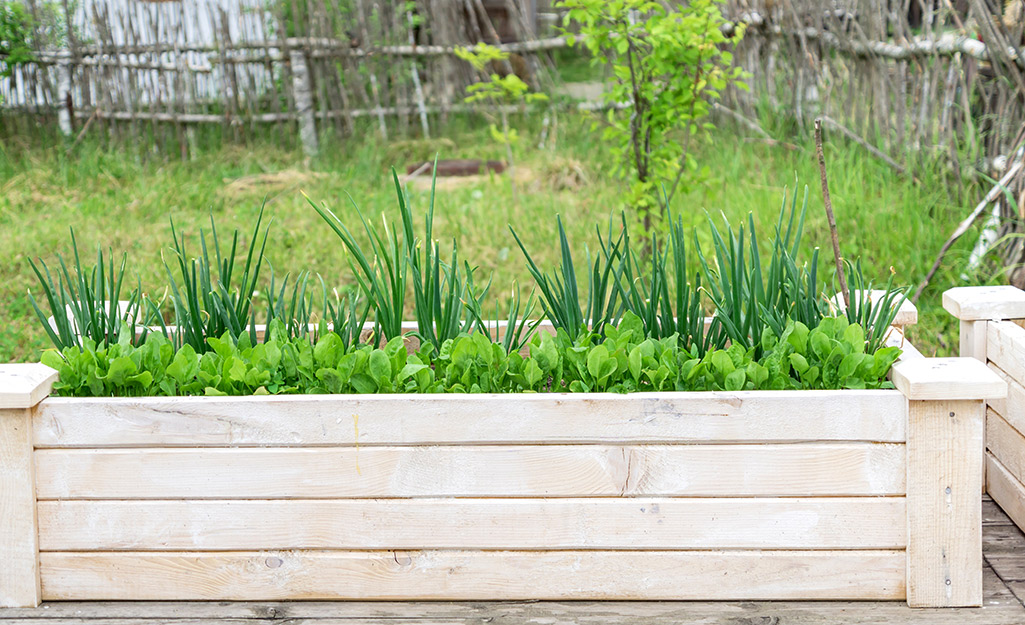
Onions and lettuce are perfect companion plants. Growing them together helps control weeds and keeps pests at bay.
The biggest challenge to growing onions is controlling weeds between the plants, but a companion crop of lettuce sown between the rows will smother weeds before they have a chance to grow. Plus, onions may help protect the lettuce from unwanted nibblers because few animals or insects are interested in onions.
- Buy sturdy onion seedlings sold in bundles or “sets” that start growing as soon as you plant them. For best results with this companion planting project, prepare the bed and plant the onions a week before sowing its companion crop of leafy greens.
- Space onions grown to harvest as mature bulbs 3 to 4 inches apart, with 12 inches between rows. All types of onions can be used as scallions when harvested young. If you love fresh green scallions, grow them from sets planted 1 inch apart.
- Use a digging fork to cultivate the soil 12 inches deep in a sunny, well-drained bed, and mix in a 2-inch layer of compost along with a standard application of a balanced, organic vegetable garden fertilizer. Follow directions on how much to use.
- Plant onion sets shallow so you can barely see their tops. Transplant seedlings so that their roots are covered with at least 1 inch of soil, and water thoroughly.
- Use a hand-weeding tool to loosen the soil between the onion rows a week or so after the onions are planted. Make a shallow furrow between the rows of onions and scatter lettuce seeds in the furrow about 1/2-inch apart. Pat seeds in place, and lightly water the seeded rows.
- Start harvesting the lettuce when it is young to give the onions more room to grow.
- Mulch the bare soil after the lettuce is harvested to maintain moisture and prevent weeds.
Whether you need the right tools, seeds or potting soil, The Home Depot delivers online orders when and where you need them.


